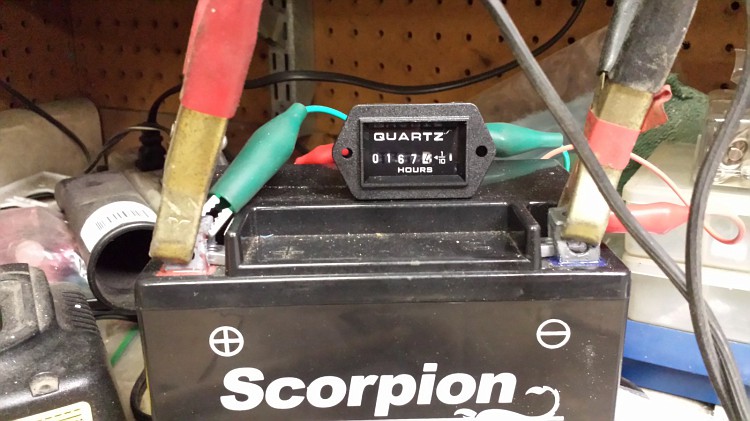Why bother running the new meter up.
Replace the failed unit with a new one and LOG the hours.
Worked for two meters for me.
I kept the old meters so if questioned I can show them. If they don't believe me so be it.
The old meters both failed at about 15-1800 hrs. Both Hobbs mechanical.
The new one, a Hobbs Quartz, is running still pushing 3,000 hrs.
If it fails I will do the same as before.
All a meter means to me is when to do service work, either by hours or time, depending upon which is most important as most recreational boats don't clock a lot of hours.
Jim Cave,
I would suggest that you get yourself an independent hour meter if it concerns you. Install it where it can be seen when needed. It does NOT need to be front and centre. Log the hours with some notes about why you stopped trusting the original and that the new one is what you go by and carry on.
In my Mtce. log book is a light cardboard divider right at the front and in big letters when the changes were made. Also entered where the date would fall in the rest of the pages.

